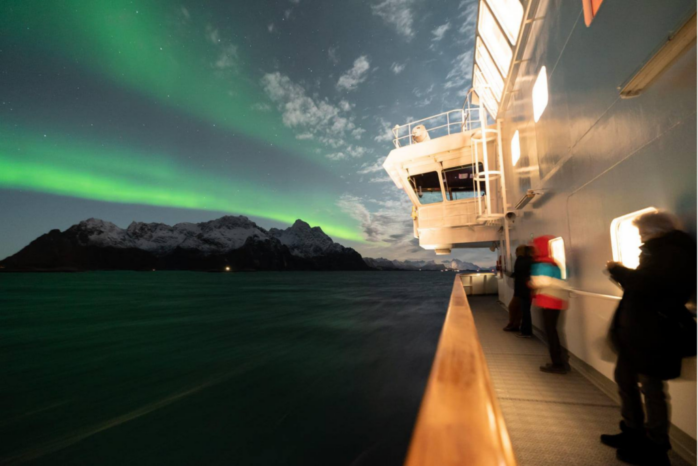
The Northwest Passage: a name that conjures images of intrepid explorers, vast icy landscapes, and a route shrouded in mystery and danger. This remote Arctic waterway has long captured the imagination of adventurers and history enthusiasts alike. In this comprehensive travel guide, we’ll embark on a journey through time and geography to explore the allure of the Northwest Passage.
From its historical significance to the best time to visit, planning your expedition, wildlife encounters, and cultural experiences, we’ll equip you with all the knowledge you need to navigate this extraordinary route responsibly and safely.
Historical Significance
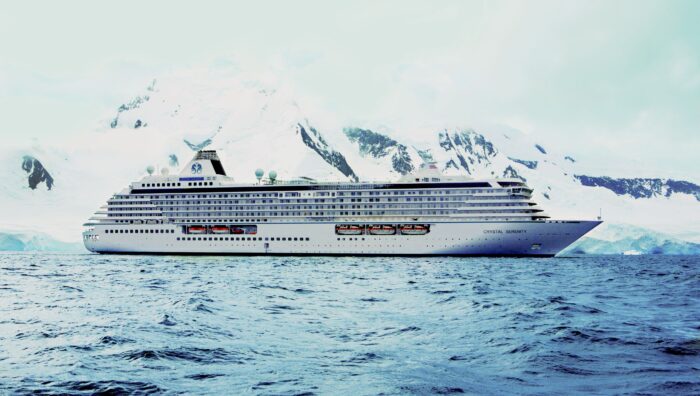
To truly appreciate the Northwest Passage, we must delve into its historical roots. For centuries, this passage has been the object of desire for explorers and traders seeking a shortcut from Europe to Asia. The allure of finding a navigable route through the Arctic archipelago sparked numerous expeditions, most notably those led by Sir John Franklin and Roald Amundsen. These early explorers faced unimaginable hardships, including harsh weather, scurvy, and shipwrecks, in their quest to unlock the secrets of this passage.
The Northwest Passage’s historical significance extends beyond exploration—it played a pivotal role in shaping the geopolitics of the region. The race to control this route during the Cold War era further underscored its strategic importance. Today, the passage is not only a historical treasure trove but also a symbol of human determination and ingenuity.
Geography and Location
Understanding the geography of the Northwest Passage is essential for anyone considering a journey through this remote region. Located in the Arctic Ocean, it consists of a series of narrow waterways weaving through the Canadian Arctic Archipelago. This labyrinthine network connects the Atlantic and Pacific Oceans, making it a coveted maritime route for centuries.
The significance of the Northern Passages as a trade route cannot be overstated. Its location, nestled amidst pristine landscapes of ice and tundra, has fascinated travelers and explorers for generations. Navigating this challenging waterway requires careful planning, as its ice-covered expanses are not for the faint of heart.
Best Time to Visit
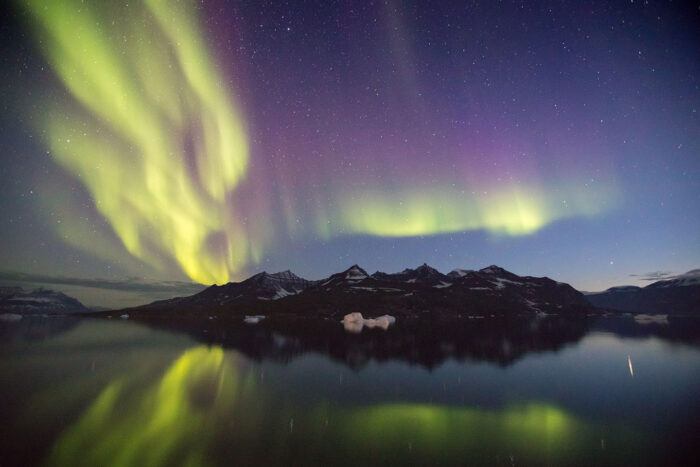
Choosing the right time to embark on a Northwest Passage expedition is crucial for a successful journey. The region experiences extreme seasonal variations, with the Arctic winter bringing frigid temperatures and frozen waterways. Therefore, the optimal time to visit is during the summer months, from July to September when the ice thaws, allowing ships to pass through.
During this window, you can witness the breathtaking beauty of the Arctic in full bloom. The sun graces the horizon for extended periods, creating a surreal atmosphere known as the “midnight sun.” This is also the prime time for wildlife sightings, as polar bears, seals, whales, and migratory birds come out to play in the relatively ice-free waters.
Planning Your Expedition
Planning an expedition through the Northwest Passage is no small feat. It demands meticulous preparation and consideration of various factors. One of the first decisions you’ll need to make is whether to embark on a guided tour or undertake independent travel.
Guided tours provide expert knowledge and a safety net of experienced guides. They offer the convenience of organized itineraries, but they can come at a higher cost. Independent travel grants you more freedom and a chance to tailor your journey, but it requires a higher level of self-reliance and preparation.
Required Permits and Regulations
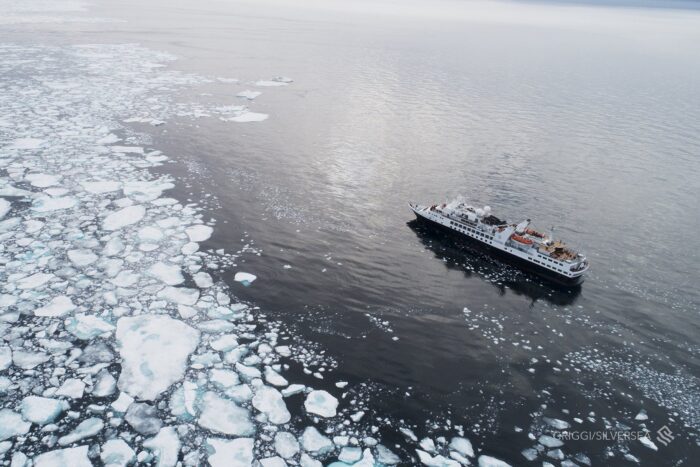
Before setting sail on the Northwest Passage, you must navigate the bureaucratic waters as well. Obtaining the necessary permits and understanding the regulations is crucial. The region is governed by several countries, each with its own rules and requirements.
Depending on your route and activities, you may need permits for entry, wildlife observation, or camping. Additionally, there are strict environmental guidelines in place to protect this fragile ecosystem. It’s imperative to respect these regulations to minimize your impact on the environment and wildlife.
Route Options
The Northwest Passage isn’t a single, defined route; rather, it offers several options, each with its own advantages and challenges. Here, we’ll briefly outline some of the main routes to help you make an informed decision.
- The Northern Route: This route follows the northernmost islands of the Canadian Arctic Archipelago. It’s known for its rugged beauty and the chance to witness polar bears in their natural habitat. However, it’s often blocked by ice, making it a challenging passage.
- The Southern Route: The southern route is a more popular choice, hugging the southern coast of the archipelago. It generally has less ice, making navigation somewhat easier. This route also provides opportunities to visit indigenous communities along the way.
- The Historic Route: For history enthusiasts, retracing the steps of early explorers like Sir John Franklin can be an appealing option. This route takes you through the same waters they ventured into, offering a unique historical perspective.
Consider your priorities and the level of challenge you seek when selecting your route.
Wildlife Encounters
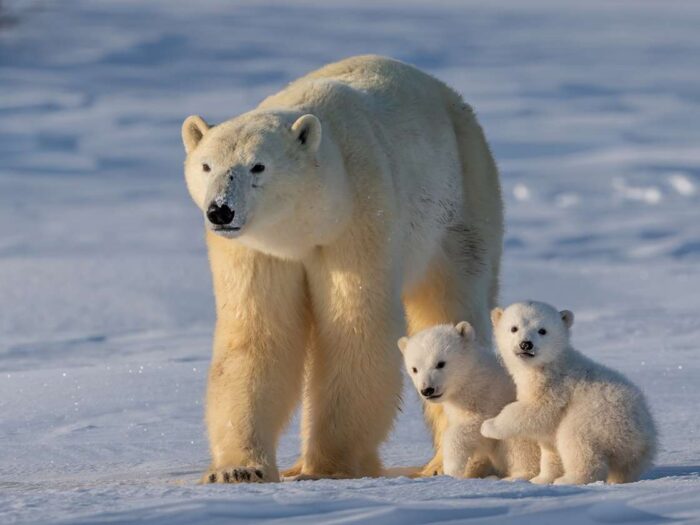
One of the most enchanting aspects of the Northwest Passage is the chance to encounter its remarkable wildlife. This remote region is teeming with animal and marine life, making it a haven for nature lovers and photographers.
Polar bears, with their iconic white fur, are the poster children of the Arctic. Spotting these majestic creatures in their natural habitat is a once-in-a-lifetime experience. Additionally, keep an eye out for seals basking on ice floes, humpback and bowhead whales breaching the surface, and the graceful flight of Arctic seabirds.
Cultural Experiences
Beyond the breathtaking landscapes and wildlife, the Northwest Passage also offers opportunities to engage with indigenous communities and their rich cultures. Throughout your journey, you may have the privilege of meeting Inuit and other indigenous peoples who call this harsh environment home.
Respectful interaction with these communities is essential. Learn about their traditions, art, and way of life, and consider supporting local artisans by purchasing handmade crafts. Engaging with these communities can provide valuable insights into the challenges and resilience of the people who have thrived in this unforgiving terrain for generations.
Safety Measures
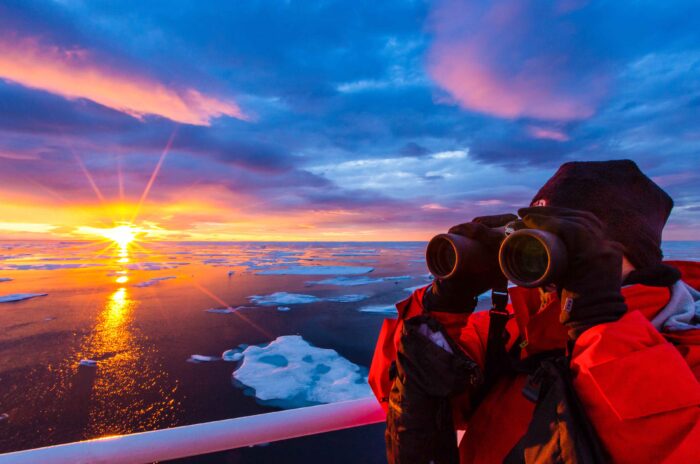
Safety is paramount when navigating the Northwest Passage. This remote region presents unique risks, including extreme cold, unpredictable weather, and the potential for ice-related incidents. Here are some essential safety tips and precautions:
Weather Monitoring: Stay updated on weather forecasts and be prepared for sudden changes in conditions. Arctic weather can be highly variable.
Emergency Equipment: Ensure your vessel is equipped with safety gear, including life jackets, survival suits, and emergency communication devices.
Experienced Crew: If you’re on a private vessel, make sure your crew is experienced in Arctic navigation and rescue procedures.
Medical Preparedness: Have a well-stocked medical kit and someone onboard with medical training.
Environmental Responsibility: Respect the fragile Arctic environment by following Leave No Trace principles and wildlife viewing guidelines.
Emergency Protocols: Establish clear emergency protocols and communicate them with your crew or tour guide.
Remember that help can be a long way off in this remote region, so thorough preparation is essential for a safe and enjoyable expedition.











